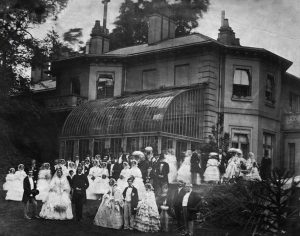The first underground railway station in the world ran from Paddington on 10 January 1863 as the terminus of the Metropolitan Railway’s route from Farringdon.
Category: TUM
Royal Oak
Royal Oak station is close to the elevated Westway section of the A40 road. It was named after a nearby public house, the Royal Oak (later the Railway Tap and even later than that, the Porchester). It is one of a number of Underground stations named after a local pub. The Royal Oak public house …
Hampstead
Hampstead is on a steep hill and the tube station platforms are the deepest on the London Underground network, at 58.5 metres below ground level. It has the deepest lift shaft on the Underground. Although early records of Hampstead itself can be found in a grant by King Ethelred the Unready to the monastery of …
Belsize Park
Modern Belsize includes the manor of Belsize and the northern part of the Chalcots estate. This article summarises the history of the two estates and explains how in the second half of the nineteenth century Belsize was transformed from farmland and gentlemen’s country houses to a middle class suburb. The Belsize Estate Belsize, or …
West Hampstead
West Hampstead is an area in the London Borough of Camden in north-west London. Mainly defined by the railway stations of the same name, it is situated between Childs Hill to the north, Frognal and Hampstead to the north-east, Swiss Cottage to the east, South Hampstead to the south-east, Kilburn to the west and south-west, …
Kensal Green
Kensal Green is the site of Kensal Green Cemetery, the oldest English cemetery still in operation, which contains many elaborate Victorian mausoleums, including those of William Makepeace Thackeray and Anthony Trollope. The origins of Kensal Green though go way back. The first part of the name Kensal Green was recorded as Kingisholt, meaning the king’s …







